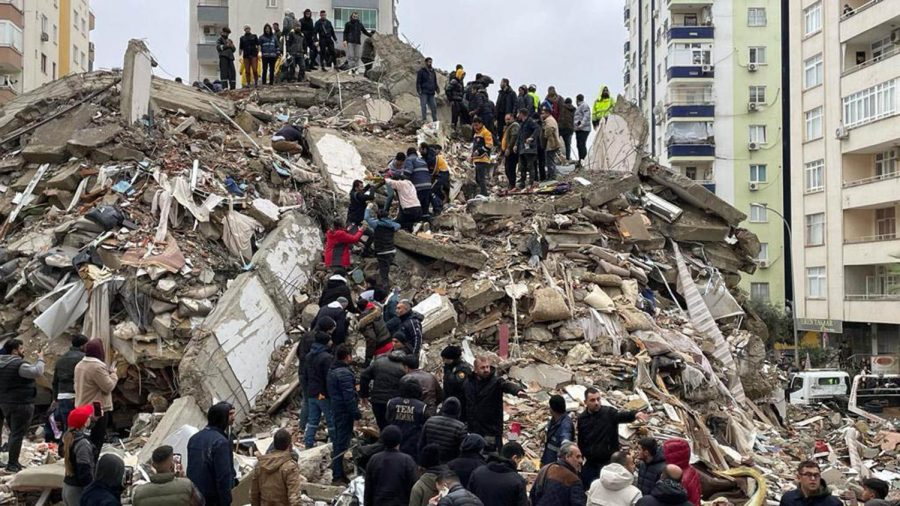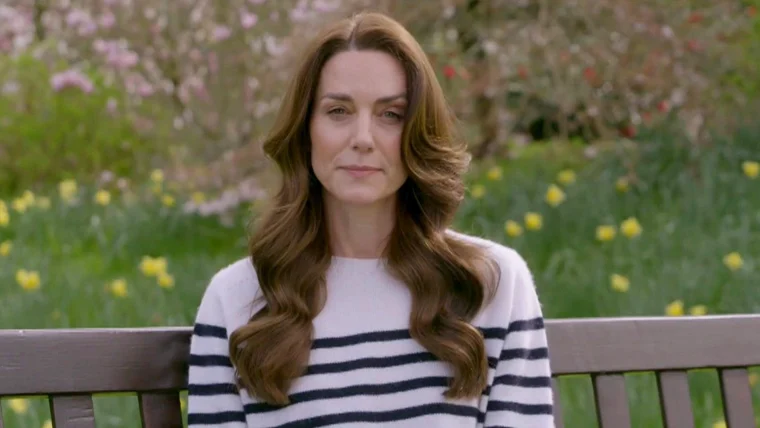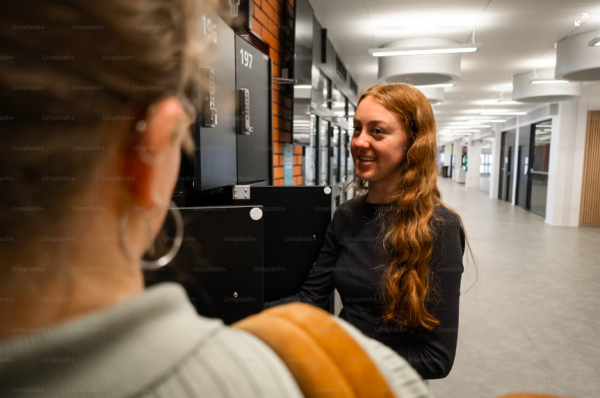Humanitarian Challenges of the Turkey-Syrian Earthquakes
April 13, 2023
A 7.8 magnitude earthquake rocked southeast Turkey near the Syrian border on February 6, 2023, at 4:17 a.m. local time. Near Nurdağı in Gaziantep province, the initial quake struck at a depth of 11 miles (17.9 km). According to the United Nations Office for the Coordination of Humanitarian Affairs (OCHA), aftershocks numbering in the thousands have rumbled across the region since the first quake. The World Health Organization stated that 26 million people across both nations need assistance. A few weeks following the first earthquake, a 6.3 magnitude earthquake struck Hatay province in southern Turkey on February 20, 2023, at 8:04 p.m. local time.
Even before this extremely disastrous event, more than 6.5 million children in Syria needed humanitarian aid due to the ongoing conflict of war and other political events. There are 4.6 million children in the earthquake-affected areas of Turkey, with more than 2.5 million children affected in Syria, according to United Nations International Children’s Emergency Fund (UNICEF).
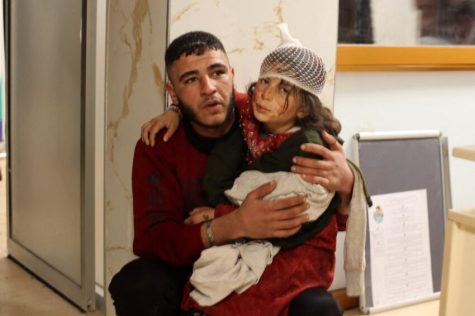
A United Nations convoy of six trucks carrying desperately needed relief supplies and provisions including food, cleaning essentials, water, and shelter, crossed into beleaguered northwest Syria through Turkey. Since then, 120 U.N. trucks have crossed into northwest Syria with relief supplies. Rescuers continue to pull survivors from the ruins of crumbled buildings though the odds of survival dwindle as days pass with freezing temperatures. There have been numerous moments of hope and joy including the February 8 rescue of 8-year-old Yigit 52 hours after the disastrous event, pulled from the rubble of a collapsed building in Turkey, and the return of 17-year-old Aleyna after 248 hours. Cheers have erupted as crowds celebrate rescued children, safe after days spent beneath the wreckage in Syria.
A World Vision staff member in northern Syria said, “While we were sleeping, the house started shaking. I immediately ran to my children; I did not know which one to carry. I could not reach the door, the distance was very far, and a minute of time was like years of helplessness and fear.” He continued on to say, “and the fear continues with the aftershocks. Most of the people are on the streets in the snow and rain, with many destroyed buildings, many victims, and many still trapped under the rubble.”
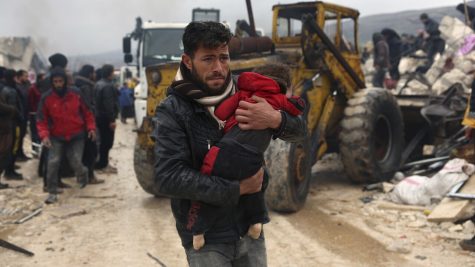
A few weeks following the earthquakes and aftershocks, the disaster has already lost public attention on the news. Even with a death toll as high as 41,000 in Turkey and 5,800 in Syria, news organizations nationwide and worldwide have stopped speaking about the horrific disaster. In my opinion, I believe that this is somewhat related to the civilians being middle-eastern. However, when Ukraine was being invaded, news stations worldwide never stopped speaking about it, and is still present in the media. In no way am I trying to emphasize that the Ukraine invasion was not significant, but the Turkey-Syrian earthquakes should be receiving the same amount of global coverage as European disasters, especially with the immense death tolls.
UNICEF is currently on the ground in Turkey and Syria helping and benefitting children and families in the aftermath of two devastating earthquakes. The Turkish Red Crescent is also accepting donations and providing nutritional services and blood supplies for those affected or wounded by the earthquakes.

